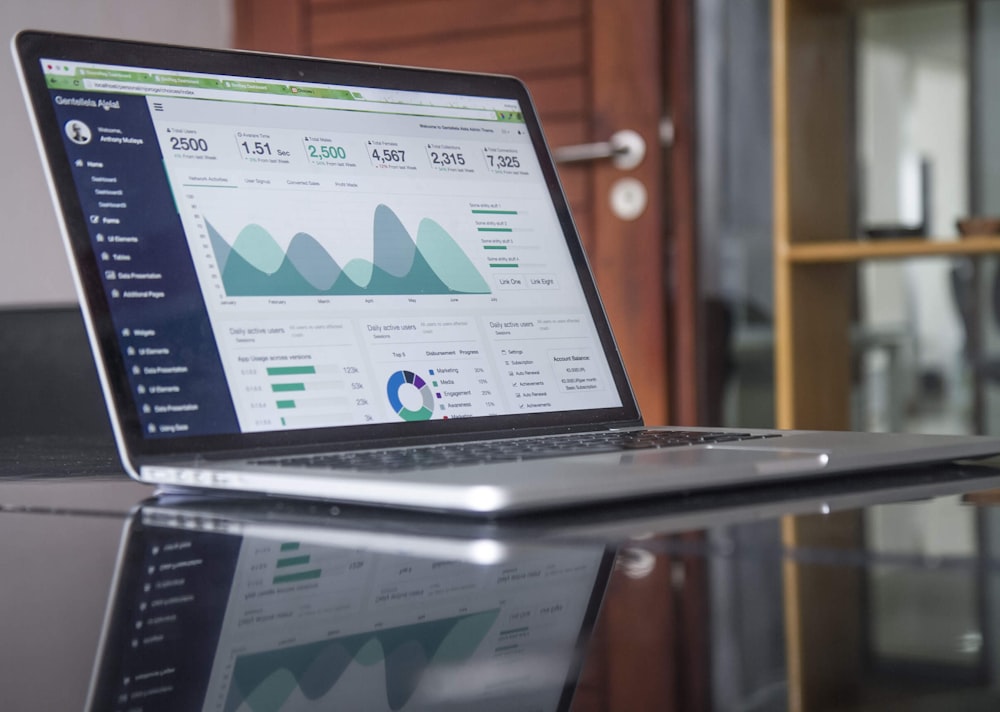Contextual backlinks can help you increase your search engine ranking and traffic. However, there are some essential things to consider before you begin.

Are Contextual backlinks good?
Contextual backlinks play an essential component of SEO or search engine optimization (SEO). They can boost your site’s rank in Google’s SERPs as well as increasing organic traffic.
Guest blogging can be a great way of gaining relevant hyperlinks. You should make sure that the guest blogging website is relevant to your business and industry.
Link-building campaigns that are reciprocal can be another method of establishing contextual backlinks. They can be accomplished via email or over social media.
It is important to search for websites with high-authority domains as well as a large number of users. These websites are more likely than others to either link to you or to mention your business’s name in their content.
Contextual backlinks are among the more than 200 ranking signals that Google employs to determine your ranking. Google makes use of these hyperlinks to gain a better understanding of your site by looking at the context and contents of any pages linking to it.
What Are Contextual Links?
Contextual hyperlinks are a form of backlink used to help your website improve the search engine rankings of your site. They are more valuable than traditional backlinks because they’re more pertinent to a specific site or topic.
Google considers contextual links to as an affirmation of your work and an assurance that you will be awarded better rankings. They are also a source of credibility for the site that has been linked to and the link source.
Natural links from quality websites are ideal for contextual linking. They should be placed in content that makes sense and is relevant to your domain, niche, and business.
One of the best ways to boost the amount of traffic that your site receives and improve search engine ranking is to include more contextual links. It’s also a great method to establish your name as an authority in your industry.
Web 2.0 Contextual Link Backlinks
Web 2.0 contextual links are hyperlinks which are found within the text section of a piece. They are beneficial because search engines can determine their context and place them in a particular order.
They are an effective instrument for building high-quality backlinks, but they must be used in a proper manner. If you employ these strategies excessively, it may cause you to fall prey to black hat link-building tactics which could harm your SEO efforts.
It is crucial to build high-quality links – not just one or two of Web 2.0 platforms. Google will not penalize you for using white-hat methods if you use white-hat methods for creating these hyperlinks.
How to Get Contextual Link
These are the best types of external link for search engines. They originate from trusted sources and are relevant to the information they link to.
In order to get relevant hyperlinks, it’s important to build relationships with domains with high authority in order to gain them. This can be accomplished through guest posts, interviews as well as other strategies for building links.
These strategies can be employed to build a network with top-quality content which will then link to your site. This will result in increased website traffic as well as higher rankings for your site.
Internal hyperlinks can be utilized to create contextual hyperlinks. These are hyperlinks to your website that lead to pages that contain relevant and relevant information. This keeps your readers interested and encourages them stay longer on your website, which is good for SEO.

